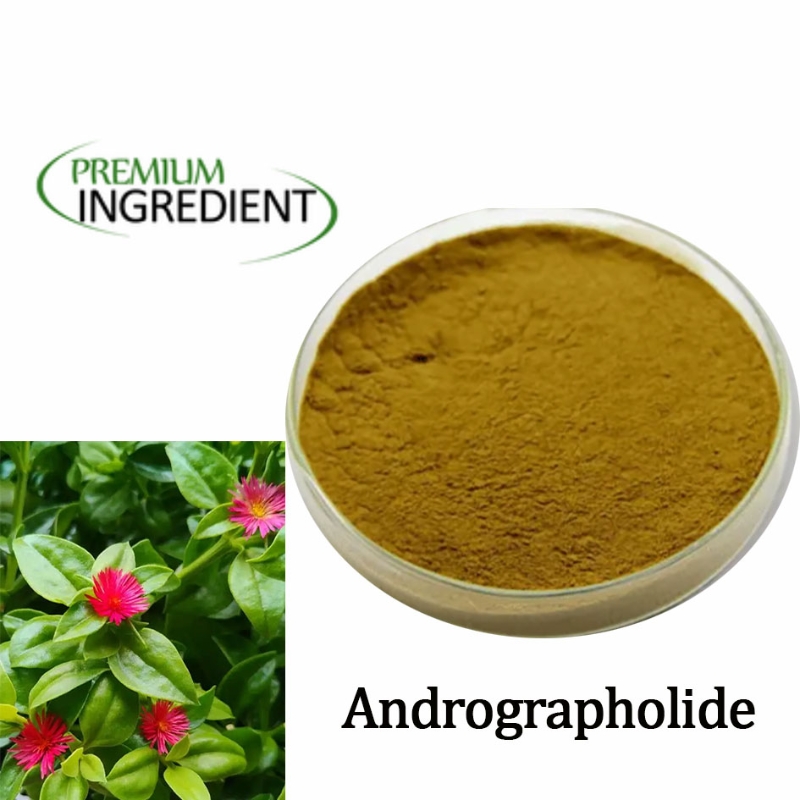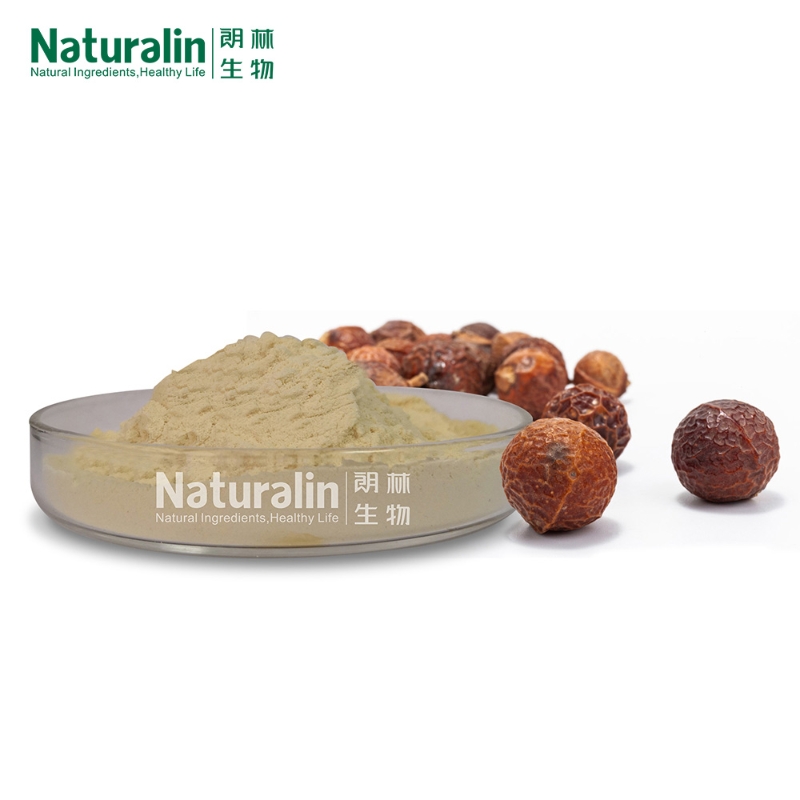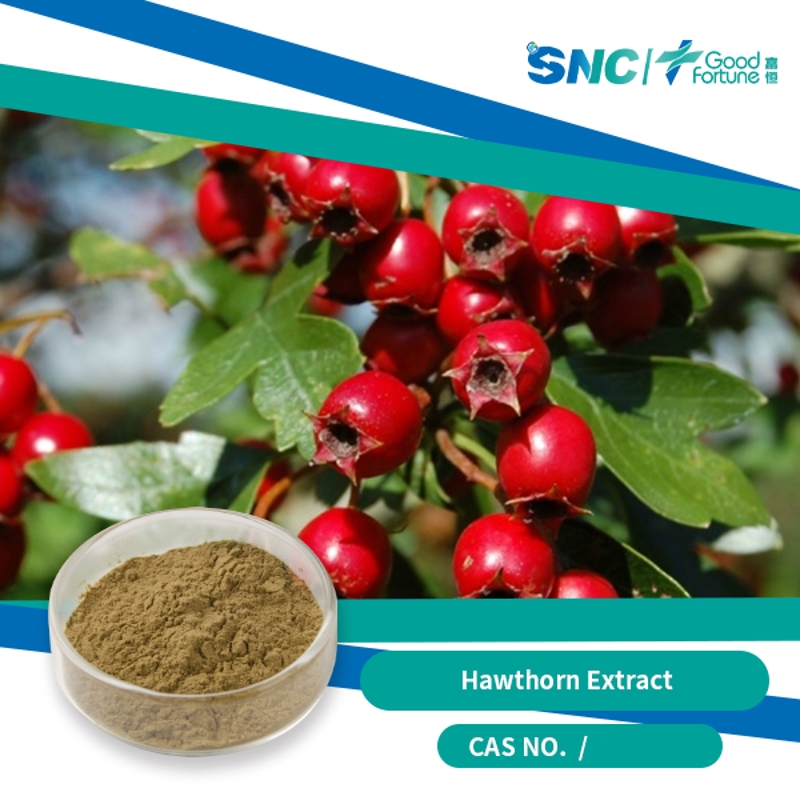-
Categories
-
Pharmaceutical Intermediates
-
Active Pharmaceutical Ingredients
-
Food Additives
- Industrial Coatings
- Agrochemicals
- Dyes and Pigments
- Surfactant
- Flavors and Fragrances
- Chemical Reagents
- Catalyst and Auxiliary
- Natural Products
- Inorganic Chemistry
-
Organic Chemistry
-
Biochemical Engineering
- Analytical Chemistry
-
Cosmetic Ingredient
- Water Treatment Chemical
-
Pharmaceutical Intermediates
Promotion
ECHEMI Mall
Wholesale
Weekly Price
Exhibition
News
-
Trade Service
In the past decade, hundreds of non-coding RNAs (small and long RNAs) have been identified as crucial elements in developmental processes and stress response in plants. Among small RNAs, the microRNAs or miRNAs control levels of specific mRNA by inhibiting translation or reducing the stability of their mRNA targets through integration into different ribonucleoproteins (RNP). Spatio-temporal expression of small and long RNAs, using reporter genes or
in situ
hybridization, is essential to understand their functions. We are interested in understanding the role of various non-coding RNAs (including miRNAs) in the regulation of root and nodule development in legumes, which are agriculturally important crops. Here, we present the protocol we are currently using for detection of small and long RNA in model legume plants and tissues, like nodules and roots. The probe selection, as well as the fixation and permeabilization steps allowing to preserve tissues and cell integrity and to increase accessibility to RNA targets, will be specifically discussed.







